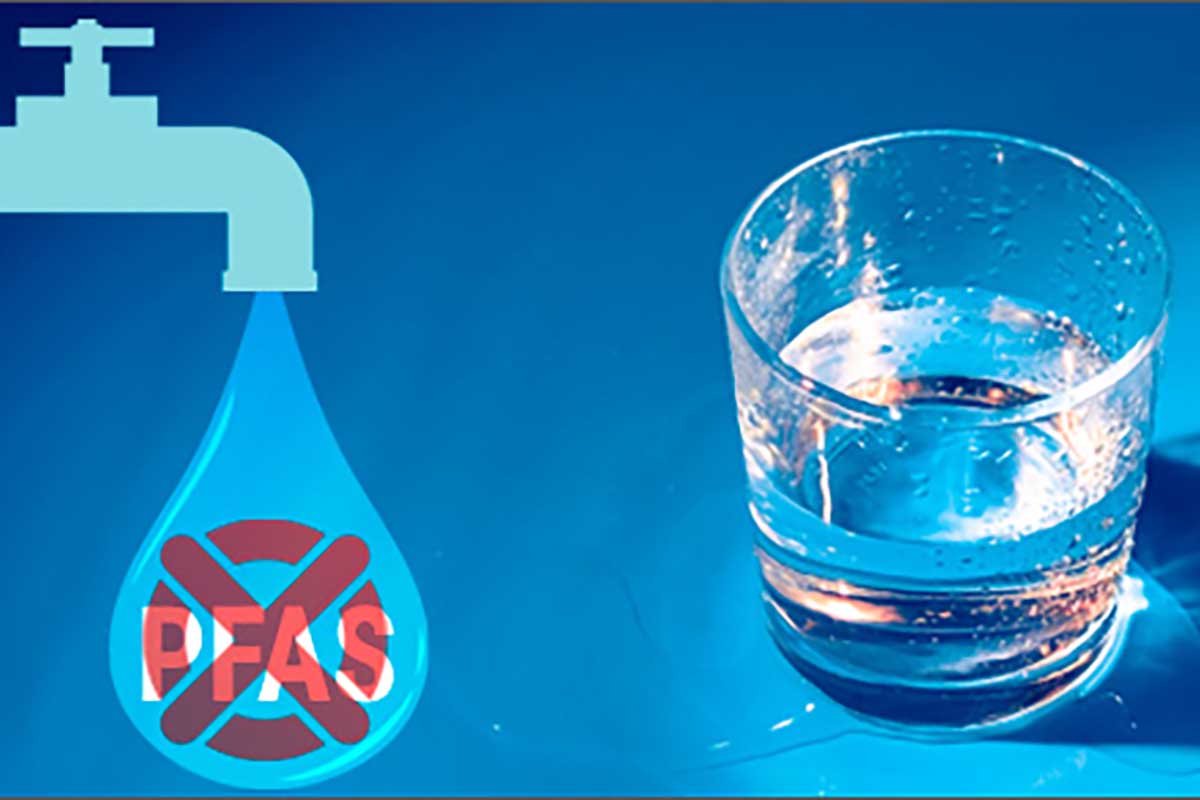The United States has finally introduced national limits on PFAS in drinking water. The intent is to lower the health risks for citizens linked to exposure to so-called "forever chemicals"

©Enea
The issue of PFAS (per- and polyfluoroalkyl substances), known for their environmental and health hazards, is gaining increasing attention worldwide. In a significant move, the United States has introduced the first national limits on these substances in drinking water, marking a pivotal moment in public health intervention. This decision has been met with widespread approval both within the country and internationally. PFAS, often referred to as “forever chemicals” in the U.S., are notorious for their persistence in the environment and difficulty to degrade.
Why the sudden focus on PFAS?
The concern lies in the fact that PFAS are found in a wide array of everyday products, and several studies have linked them to significant health risks, including cancer. The U.S. authorities’ new regulation mandates local governments to eliminate six PFAS variants from water systems. This directive is accompanied by a substantial financial commitment, with one billion dollars allocated to support the implementation costs.
Michael Regan, the Administrator of the U.S. Environmental Protection Agency (EPA), emphasized the importance of this move in securing long-term health benefits for millions of American citizens.
The path forward
The new regulations allow municipalities a three-year period to assess PFAS levels in their water systems and five years to reduce them if they exceed safe thresholds. This timeline provides a clear framework for action, giving communities the necessary time to comply. This step is deemed crucial as the EPA has reported that between 6% and 10% of the 66,000 public drinking water systems in the U.S. might have harmful levels of pollutants.
However, the challenge of removing PFAS from the water supply is significant. Treatment systems can be expensive, especially for smaller communities with limited resources. The Biden administration, however, has indicated that through the bipartisan infrastructure law passed in 2021, nine billion dollars are available to assist communities in addressing PFAS situations, in addition to twelve billion dollars for general improvements to drinking water.
